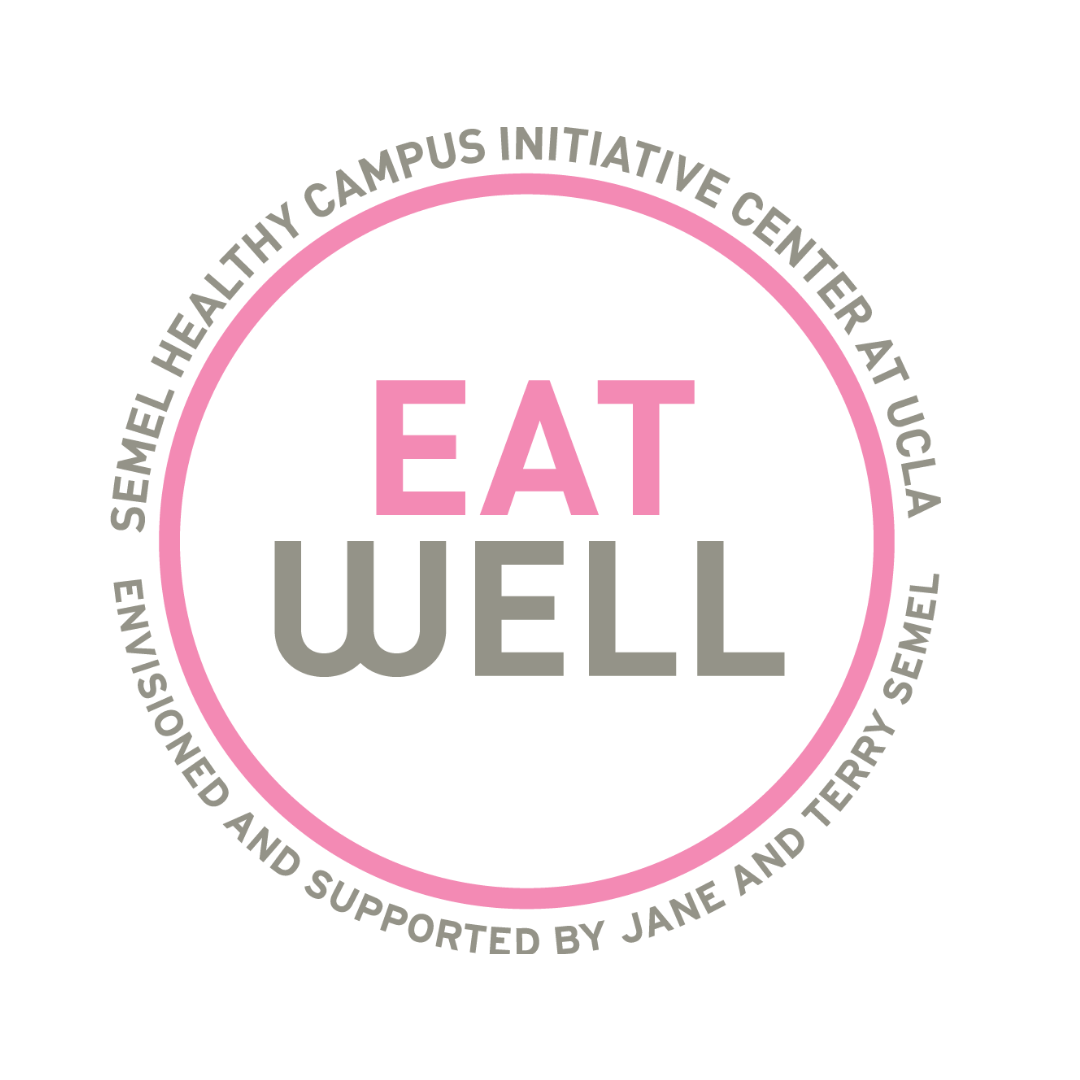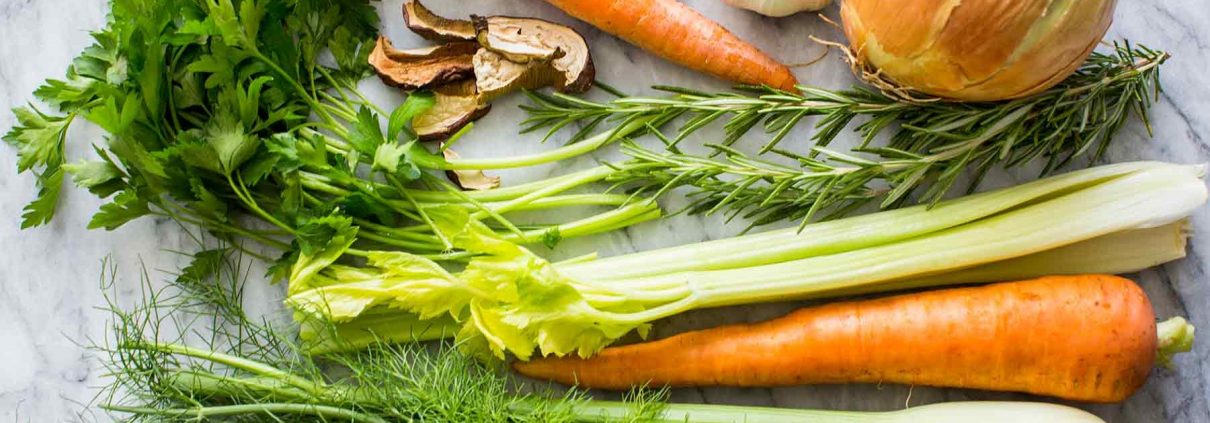EatWell at Home: 6 Ways to Preserve and Repurpose Food
With grocery store trips now few and far between, it might feel extra appealing to extend the lifetime of foods, and perhaps even repurpose foods after they’ve completed their useful life. Giving a second life to your food scraps means producing less waste, discovering a new hobby, and depending on what you choose to do with your scraps, often saving money and needing fewer grocery trips!
Here are a few ideas to get started, ranked from easiest to most creative.
1. Am I storing my groceries correctly?
The easiest way to extend the lifetime of your groceries is to make sure that they’re stored where they stay fresh best. This isn’t always the refrigerator! Check out Imperfect Foods’ grocery storage guide blog post and their graphic below for more information.
Imperfect Foods (formerly known as Imperfect Produce) is a grocery delivery company which aims to reduce food waste across the US. Each week, they deliver a customized box of groceries which could not be sold at stores due to small imperfections, surplus, change of packaging, or short-coded best-by dates. Not only does this reduce food waste, it also reduces water usage and CO2 emissions, is often cheaper than grocery store pricing, and means fewer trips to the store per month! The company was featured in a previous EatWell blog post, found here.
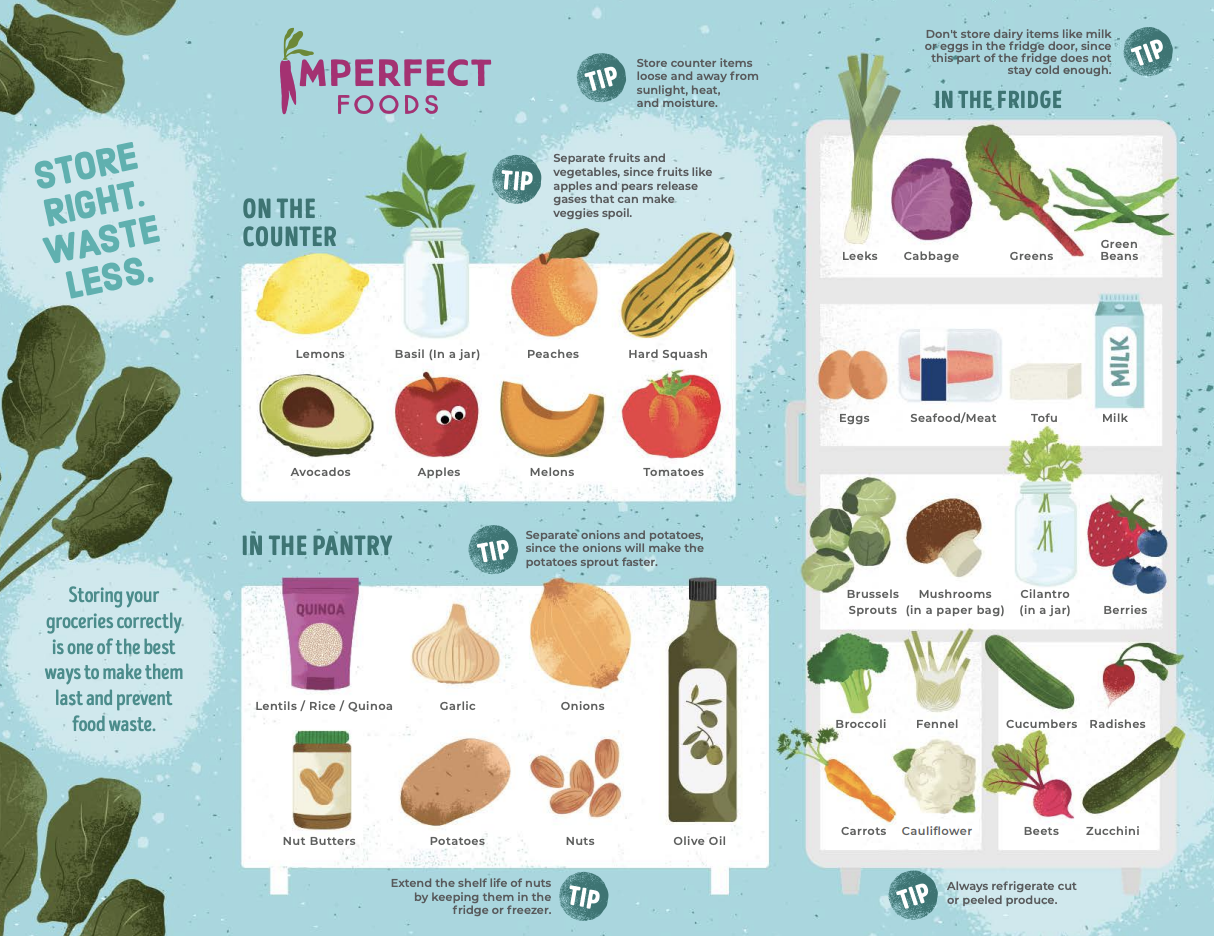
2. A second life for stale bread
In this article, Bon Appétit describes 14 innovative ways to use stale bread. These ideas include:
- Softening stale bread by washing in water, then putting in an oven at 350°F for a few minutes
- Breadcrumbs
- Croutons
- Stuffing
- French toast
- Creative recipes such as ribollita, panzanella, and casse-croȗte
With a world of possibilities available for stale bread, consider giving one of these a try before tossing the whole loaf!
3. Regrow vegetables indoors, using just a glass of water
Don’t have a garden? Many vegetables can be regrown indoors, without any soil at all! This guide from Don’t Waste the Crumbs explains all you need to know about regrowing vegetables in water. Some of these veggies that will never need to be store-bought again include:
- Green onion
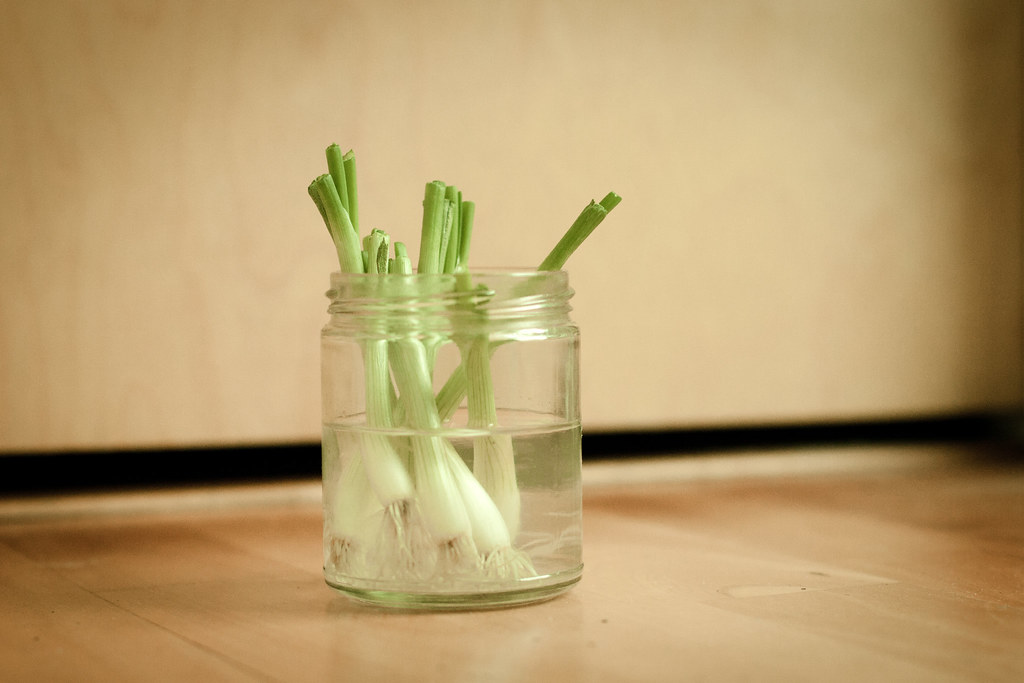
- Celery
- Cabbage
- Lettuce
- Leeks
- Garlic chives
- Fennel
4. Vegetable broth or bone broth
Broth is the perfect solution for food scraps that would be otherwise unusable. Homemade broth is inexpensive, requires little prep time, and is often much more flavorful than store-bought broth. To prepare to make food scrap vegetable broth, first collect clean food scraps in a container in the freezer.
Next, a quick Google search leads to hundreds of possible vegetable broth and bone broth recipes. For either of these types of broth, the base is the same: carrots, celery, and onion. To this base, you can add any bones left over from roasted meat, and almost all types of vegetable scraps you have on hand, with a few exceptions: cruciferous vegetables (e.g. cabbage and broccoli), green beans, zucchini, and starchy vegetables (e.g. potatoes).
Once you’ve made your broth, get creative and use it in recipes such as soups, stews, curries, and chilis!
5. Vermicomposting
A few weeks ago, @healthyucla (Semel HCI Center) went live with @zerowasteucla (an initiative by UCLA Sustainability) on Instagram to discuss and demonstrate vermicomposting. You can find a recap of their demo here.
Vermicomposting (“vermi” = worm) uses a worm bin to decompose food scraps, producing a robust, nutrient-rich fertilizer. This guide describes the 6 major steps of creating and maintaining a worm bin.
Use the resulting humus fertilizer in a vegetable garden, where you could even regrow other types of vegetable scraps!
6. Regrow vegetables in soil
If you have access to a garden, this might be a great option for you. This blog post from DIY & Crafts suggests 25 fruits and vegetables that can be regrown from kitchen scraps. These generally start out in water until their root system is well-established, then are transferred to soil.
A garden such as this one often grows faster than gardens grown from the seed up, since each plant has already established roots. Happy gardening!
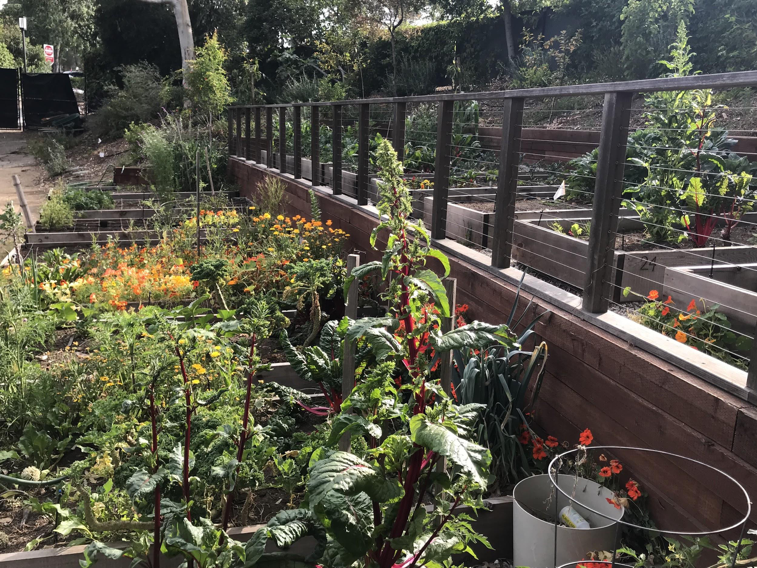
Patience Olsen is an undergraduate student at UCLA majoring in Civil and Environmental Engineering. In addition to blogging for the EatWell pod, she is a PD for the ASCE Environmental Design project, the Events Coordinator/Publicity Director for AWWA, and a member of the Club Sports Climbing Team.
